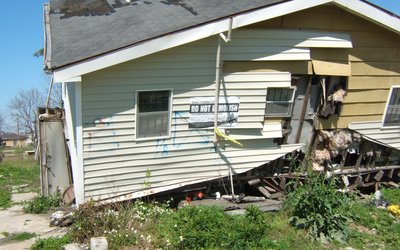
No ‘one-size-fits-all’ solution
Flood insurance differs widely in scope and form across Europe. There seems to be little appetite for harmonization of flood insurance arrangements across the EU, and little intention at the EU to embrace a top-down regulatory effort to harmonize insurance. The design and implementation of insurance schemes remains a national concern. The wide variety of existing insurance schemes, as well as different supply and demand patterns, show that there is no ‘one-size-fits-all’ solution.
Two contrasting cases of flood insurance are the UK and the Netherlands. In the UK, flood insurance provision is widely available. In the Netherlands, several efforts over the last years to introduce broader flood insurance coverage have failed. The latter is partly due to the extreme low-probability/high-impact nature of flood risks in the Netherlands that results in relatively high premiums for limited commercial flood insurance coverage.
Incentives due to insurance
There is ample evidence that insurance can boost resilience to natural hazards more effectively than ex-post disaster aid. Insurance can reduce financial burdens and uncertainty and assists economies in dealing with the negative long-run impacts of natural hazards such as flooding. Risk pricing may encourage the reduction of exposure and lead to lower damage costs. Flood insurance could send signals leading to more preventative actions by those insured or the government.
In the case of genuine private insurance markets, the role of the state can be limited to preserving fair competition and financial viability of the insurer. When the preconditions for private markets are not fulfilled, or the potential positive externalities of insurance are not internalized, state interventions may boost insurance markets. This can either be by financially backing up the private insurers, e.g. government lead reinsurance, by investing in preventative measures, or by imposing regulatory measures (such as mandatory flood insurance).
Source: Surminski et al., 2015. Natural Hazards 79: 1451–1479.
Photo: https://www.flickr.com/people/pictures-of-money/








